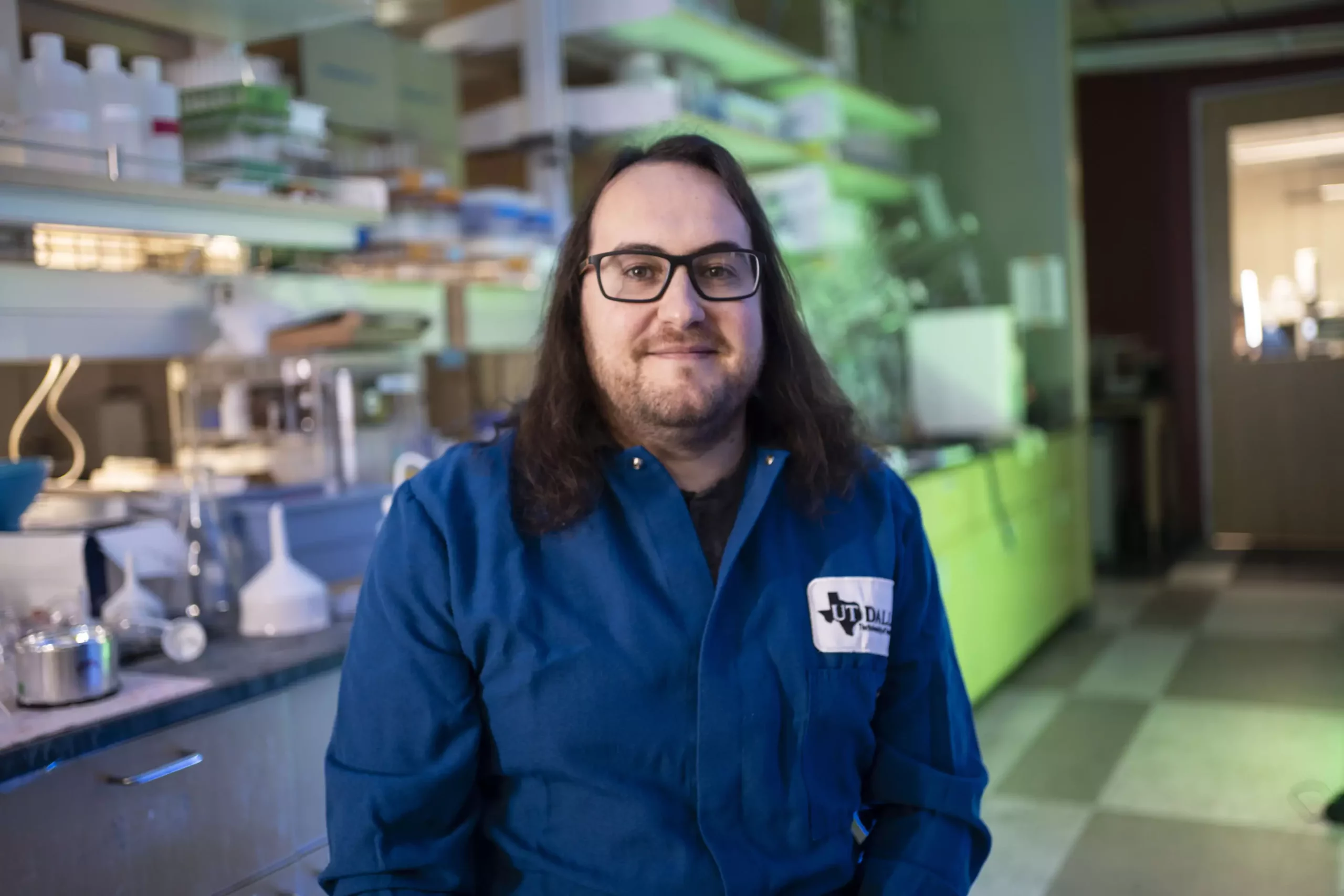Chemistry often dances at the intersection of nature and innovation, particularly when it comes to drug development. Among the most fascinating aspects of this field is the existence of enantiomers—molecules that are mirror images of each other. These enantiomers, although chemically identical in nature, can trigger vastly different responses within biological systems. This divergence is particularly crucial in medicinal chemistry, where the therapeutic effects of drugs can depend heavily on their enantiomeric form. Recent breakthroughs at the University of Texas at Dallas could potentially change the landscape of drug discovery by allowing researchers to selectively synthesize either left-handed or right-handed enantiomers, thereby paving the way for new treatments against conditions such as cancer, infection, and more.
A team of chemists, led by Dr. Filippo Romiti at the University of Texas at Dallas, developed a groundbreaking synthesis method that promises to streamline the production of these critical enantiomers. Their study, published in *Science*, introduces a novel approach to synthesize compounds that are entirely one enantiomer rather than a mixture of both. This is particularly significant since the biological activity associated with these molecules can vary depending on their specific orientation. With the ability to yield a single enantiomer efficiently and reliably, researchers can more accurately assess which variant may hold therapeutic potential.
Utilizing a newly designed catalyst, Romiti and his colleagues employed a one-step addition of prenyl groups to enones—a relatively simple yet ingenious method that mimics nature’s own processes. “Nature is the best synthetic chemist of all; she’s way ahead of us,” Romiti remarked, emphasizing the alignment of this method with naturally occurring processes without the previous complexities of synthesis.
The implications of this breakthrough extend well beyond academic interest. Traditionally, the synthesis of naturally occurring compounds—which often yield minimal quantities—has impeded pharmaceutical research. The team’s technique allows for a rapid completion of synthesis processes at room temperature, an energy-efficient endeavor compared to the typically demanding conditions of chemical reactions that would otherwise require significant heating or cooling.
In their methodological exploration, the researchers focused on creating polycyclic polyprenylated acylphloroglucinols (PPAPs), a diverse class of natural compounds possessing a myriad of bioactivities, including anti-cancer and anti-inflammatory effects. By successfully synthesizing enantiomers of eight distinct PPAPs, including nemorosonol—a compound derived from a Brazilian tree known for its antibiotic properties—the researchers laid foundational work that could drastically increase the testing pool for new therapeutic agents.
Romiti’s team has already begun to unveil the potential of their synthesized enantiomers. In preliminary studies, their enantiomer of nemorosonol exhibited notable effects against various cancer cell lines, establishing the feasibility of large-scale production. “What was intriguing is that the effects observed could only be substantiated by having access to pure enantiomer samples,” Romiti explained. While more studies are required to discern the specific therapeutic properties linked to each enantiomer, early results have shown promise in differentiating between the antimicrobial and anticancer capabilities of these compounds.
The rigorous testing of these pure enantiomers is pivotal for drug discovery, as knowing which enantiomer to pursue for specific health conditions can lead to more effective treatments and fewer side effects.
The research led by Romiti and his collaborators represents more than just an incremental step; it signifies a potential paradigm shift in how medicinal chemists can synthesize compounds that have previously been elusive. With access to over 400 new drug leads and the opportunity to tailor natural product analogs for enhanced potency and specificity, the pharmaceutical industry stands on the brink of significant transformation.
“This is a new tool for chemists and biologists to study numerous new drug leads and their biological activity,” Romiti stated, highlighting the wide-reaching applications of their synthesis method. The next phase of research promises to extend these techniques to various classes of natural products beyond PPAPs.
As the landscape of drug development continues to evolve, breakthroughs like this one at the University of Texas at Dallas not only inspire but also revolutionize our understanding and approach to treating diseases effectively and safely. The potential repercussions of this research could resonate throughout the medical community for years to come, ultimately enhancing our capability to combat some of humanity’s most pressing health challenges.

